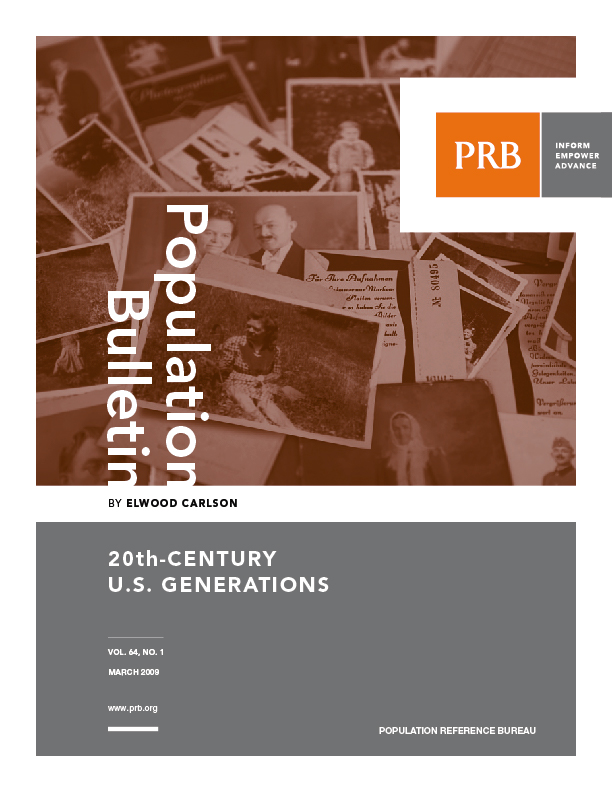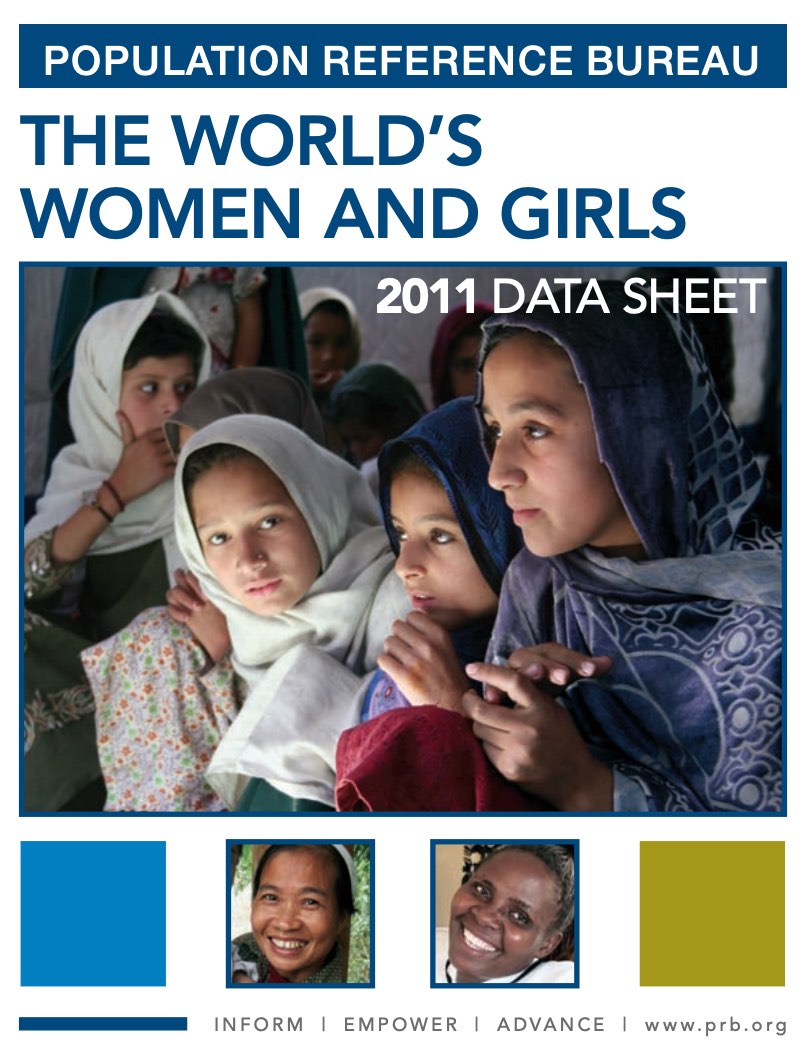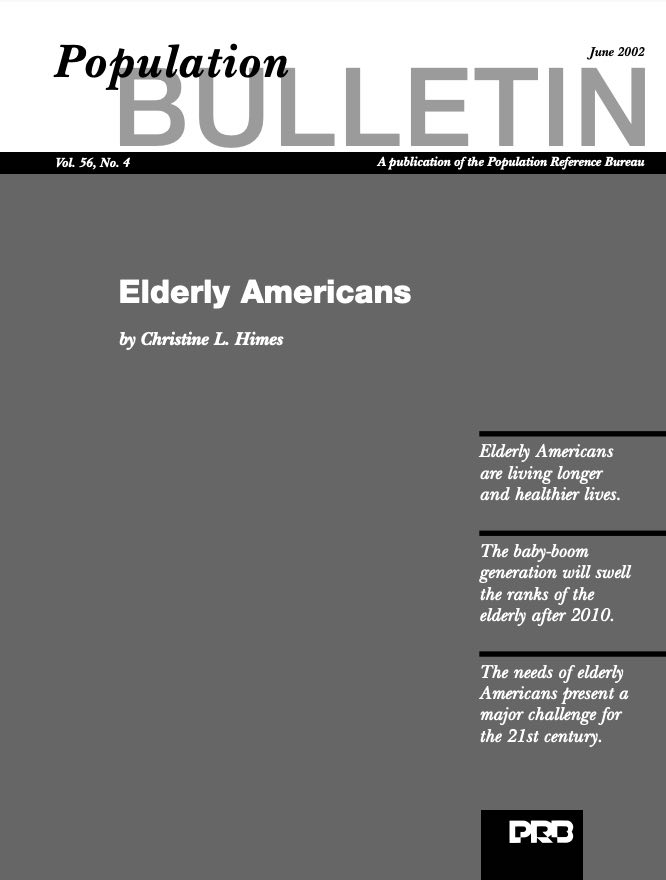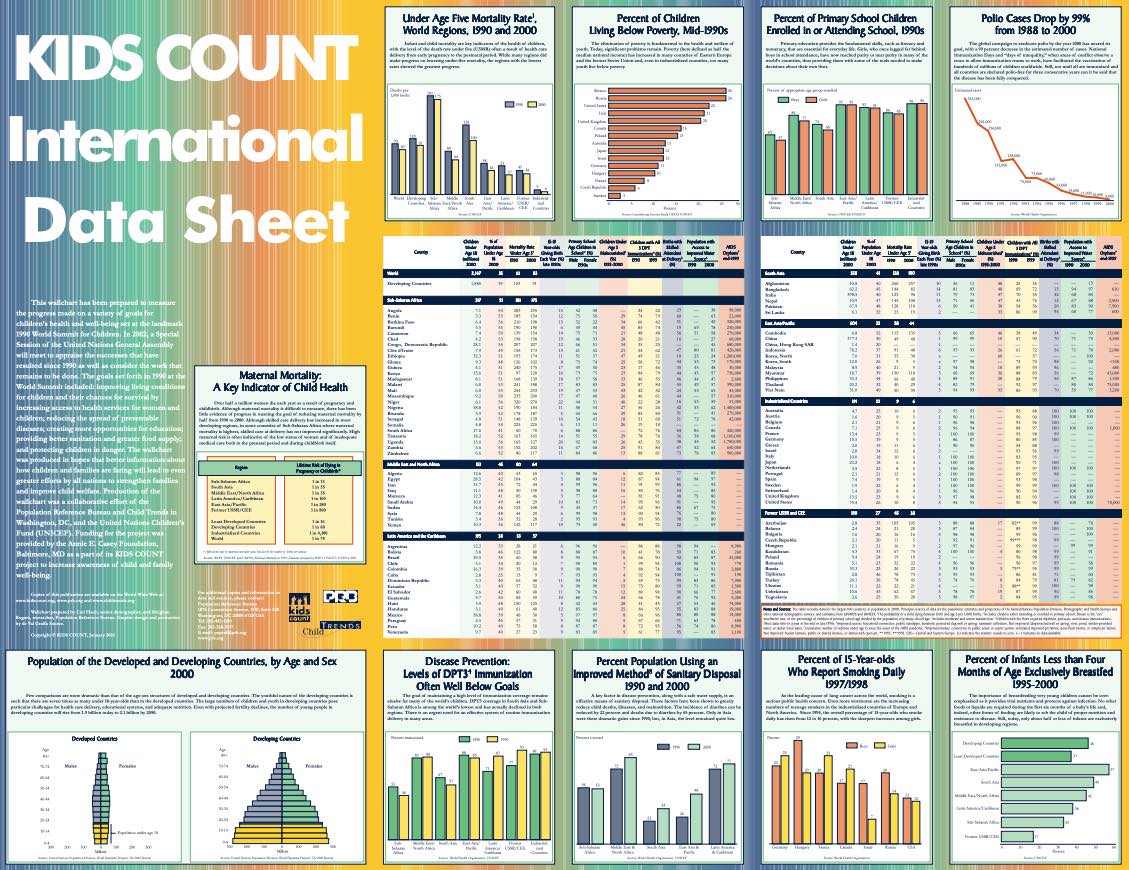Sex Ratio at Birth Begins to Improve in India
(2008) There has been increasing international news coverage of the excess of young boys in India resulting from the abortion of female fetuses.1
(2008) There has been increasing international news coverage of the excess of young boys in India resulting from the abortion of female fetuses.1
(2002) Wedged between the world's two population billionaires, China and India, Nepal is struggling with its own population pressures.

(2009) Unique events, political climates, and social and economic conditions shape each new generation in every society.

Project: IDEA: Informing Decisionmakers to Act
(2011) In which country do 72 percent of women marry before age 18? Worldwide, what percent of girls complete primary school? What is the average number of lifetime births per woman in Niger?

(2001) The United States is in the midst of a profound demographic change: the rapid aging of its population. The 2000 Census counted nearly 35 million people in the United States 65 years of age or older, about one of every eight Americans.
(2014) U.S. children of incarcerated parents are an extremely vulnerable group, and much more likely to have behavioral problems and physical and mental health conditions than their peers, reports Kristin Turney, a University of California-Irvine sociologist.

Project: KIDS COUNT
(2002) The data in this data sheet dramatize the yawning gaps in well-being between children of rich and poor nations.
(2008) On Dec. 10, Barry M. Popkin, professor of nutrition at the University of North Carolina at Chapel Hill and director of the UNC-CH's Interdisciplinary Center for Obesity, visited PRB to discuss rising obesity worldwide and his new book, The World is Fat, published by Avery in December 2008.
(2009) The ACS data are tabulated for a variety of different geographic areas ranging in size from broad geographic regions (Northeast, Midwest, South, and West) to neighborhoods and clusters of city blocks.
(2011) Germany's recovery from the devastation of World War II is often called an "economic miracle" because its economy is now Europe's largest. Immigration has been an important part of the country's modern demographic history.